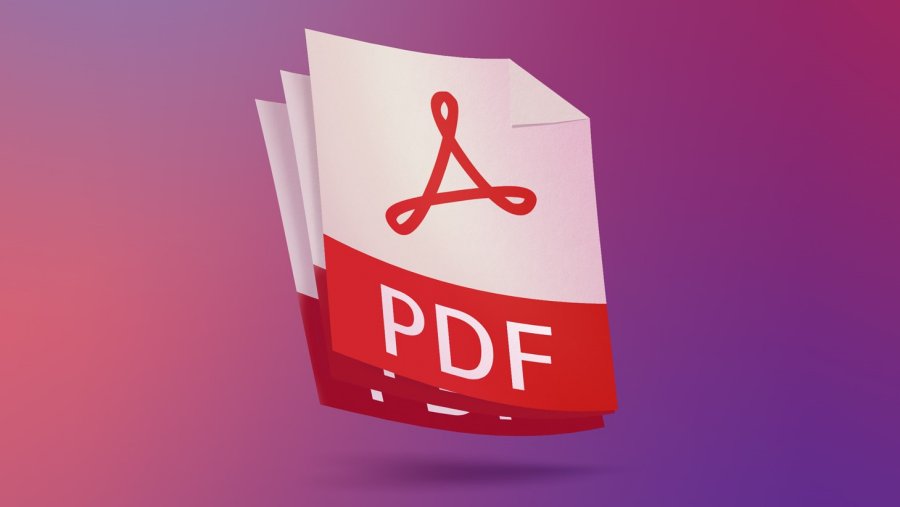The Power of Customization: Designing Invoices That Align with Your Brand Identity

Your invoice might be the last thing your client sees from you, so why would you send them something that looks like it came from a generic template created in 2003? Every touchpoint with your customers matters, and that includes the invoices you send. Whether you’re a freelance designer in Berlin, a tech startup in Panama City, or a consulting firm in Singapore, your invoicing documents are brand ambassadors working on your behalf.
Why Your Invoice Design Actually Matters
Most businesses treat invoices as purely functional documents — a necessary evil to get paid. But think about it this way: your clients will see your invoices multiple times. They’ll open them, forward them to accounting, file them away, and reference them later. Each time, they’re forming an impression of your business.
A carefully designed, on-brand invoice using professional tools like qorp.io signals that you’re detail-oriented and take your business seriously. In contrast, a bland, generic invoice suggests you might approach other aspects of your work with the same lack of attention.
Think about companies you admire. Apple doesn’t send receipts that look like they were printed from a 1990s dot matrix printer. Airbnb doesn’t use Comic Sans on its billing statements. These brands understand that consistency across all customer interactions — including financial documents — builds trust and reinforces their identity.
Build Brand Recognition Through Visual Consistency
Your brand identity isn’t just your logo slapped on everything. It’s a cohesive visual language that should translate across all materials.
Core Elements to Customize
- Color palette: Use your brand’s primary and accent colors strategically throughout the invoice layout.
- Typography: Select fonts that match your website and marketing materials for instant recognition.
- Logo placement: Position your logo prominently without overwhelming the functional elements.
- Layout structure: Create a hierarchy that guides the eye naturally from company info to payment details.
- Graphics and patterns: Incorporate subtle design elements like borders or background patterns that echo your brand style.
These elements work together to create immediate recognition. When a client opens your invoice, they should know within seconds who it’s from, even before reading the company name.
The Functional Side of Customization
Beautiful design means nothing if your invoice is confusing to read or missing critical information. Smart customization balances aesthetics with functionality.
Essential Information Architecture
Your invoice needs to communicate clearly:
| Element | Purpose |
| Invoice number and date | Enables tracking and reference |
| Payment terms | Sets clear expectations for deadlines |
| Itemized services | Provides transparency on what’s being charged |
| Tax calculations | Shows compliance and breakdown of costs |
| Payment methods | Makes it easy for clients to pay you |
The key is arranging this information in a way that’s easy to scan while maintaining your brand aesthetic. Consider how accounting departments process dozens of invoices weekly — yours should be the one that’s actually pleasant to review.

Customization for Different Client Types
Not every client needs the same invoice format. A corporate client in Panama’s financial district might expect a more formal, detailed breakdown, while a startup founder might appreciate a streamlined, modern approach. The beauty of customizable invoicing systems is that you can adapt your template based on the audience without starting from scratch each time.
Adapt Your Template
- B2B clients: Include purchase order numbers, detailed line items, and formal language.
- Individual clients: Simplify the layout, use friendlier language, and focus on clarity over comprehensiveness.
- International clients: Add currency notes, include your VAT/tax ID clearly, and consider multilingual elements.
- Recurring clients: Create templates with pre-filled information to speed up your process.
This flexibility shows that you understand your clients’ needs and aren’t just sending the same document to everyone.
The Technical Side: What to Look for in Invoicing Tools
When choosing software to create your custom invoices, prioritize platforms that offer genuine design flexibility without requiring coding knowledge. You want something that lets you adjust colors, fonts, layouts, and content placement intuitively.
Look for tools that let you save multiple templates, automatically populate client information, and export in various formats. The best solutions balance customization with automation — you design once, then the system handles the repetitive work while maintaining your brand standards.





